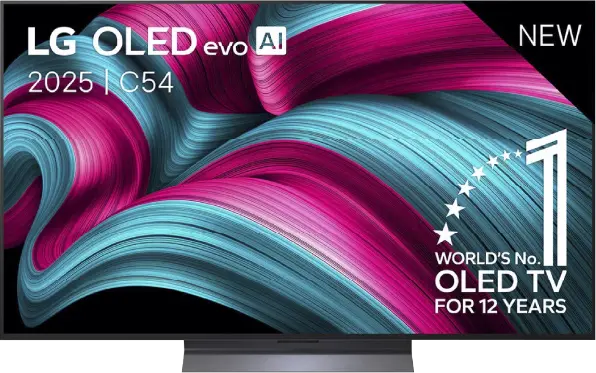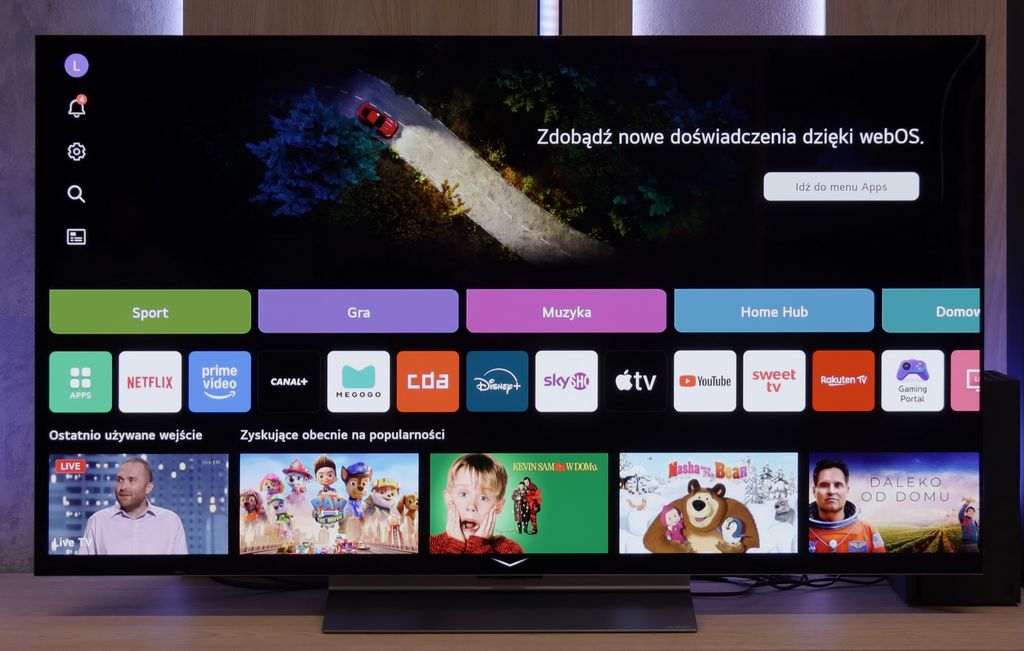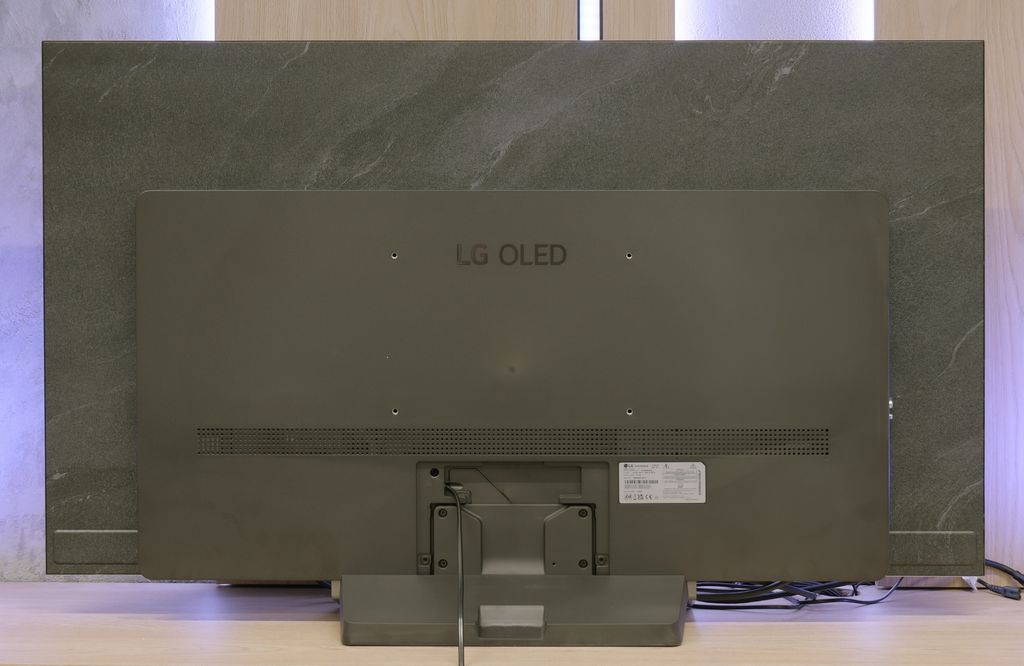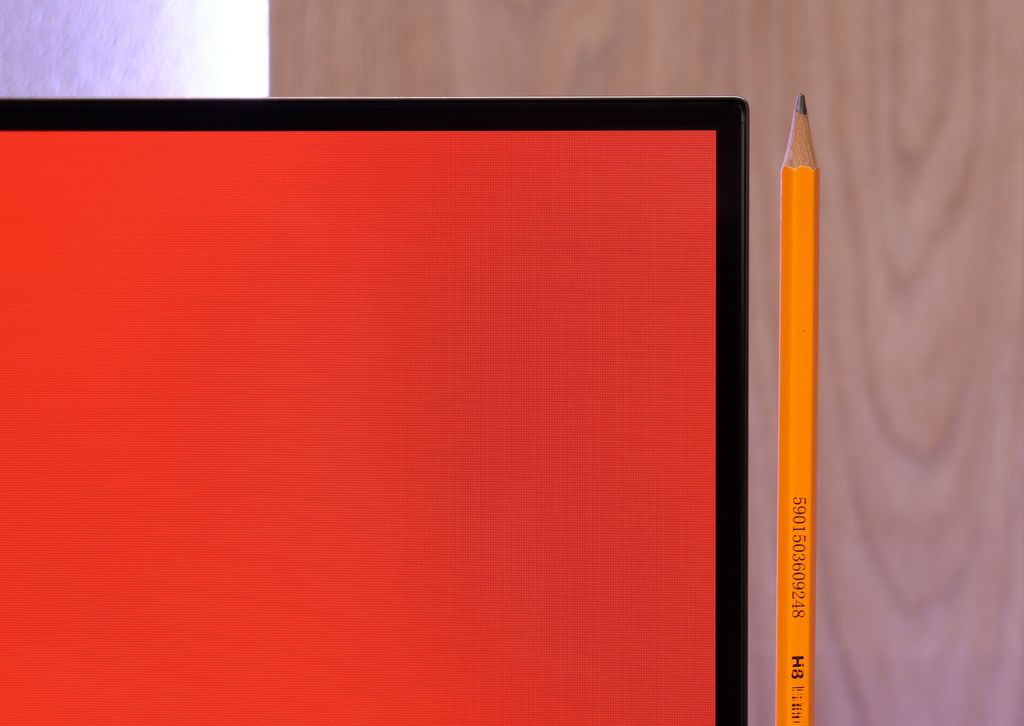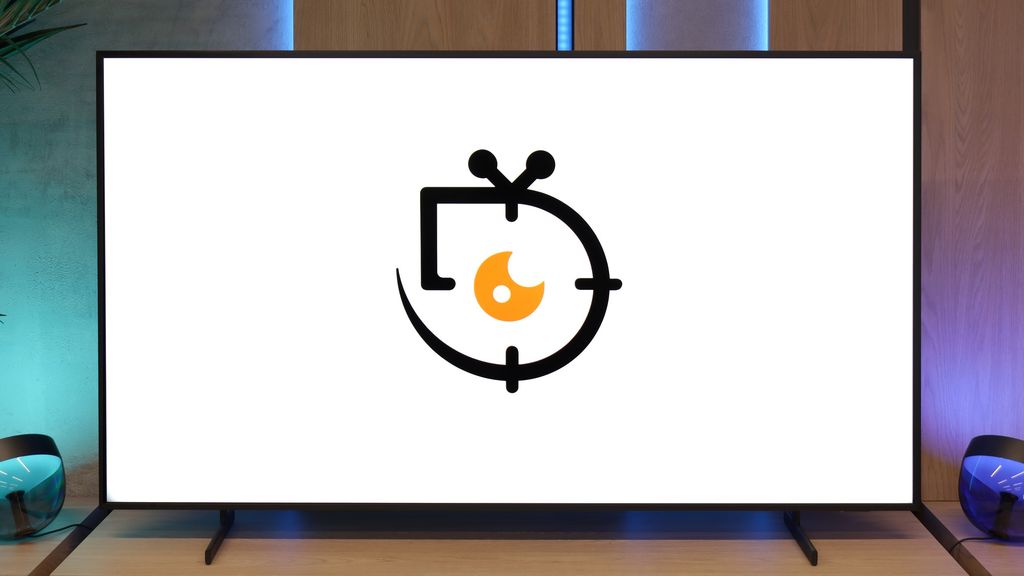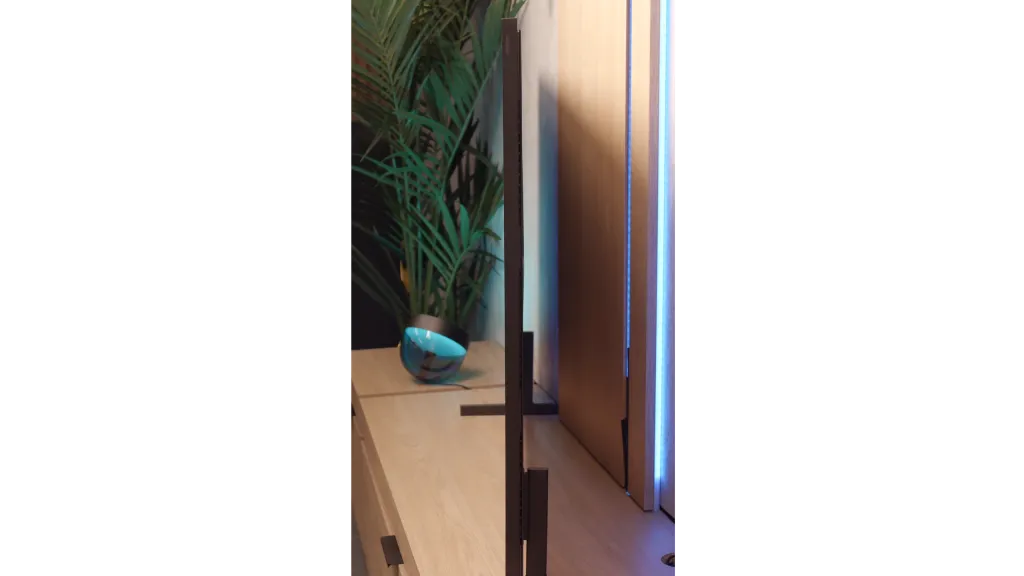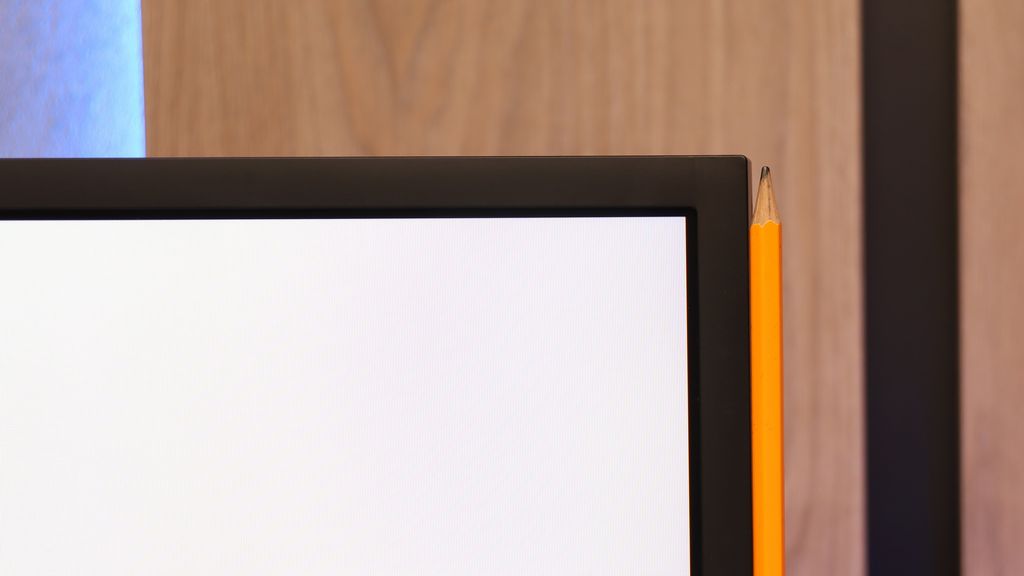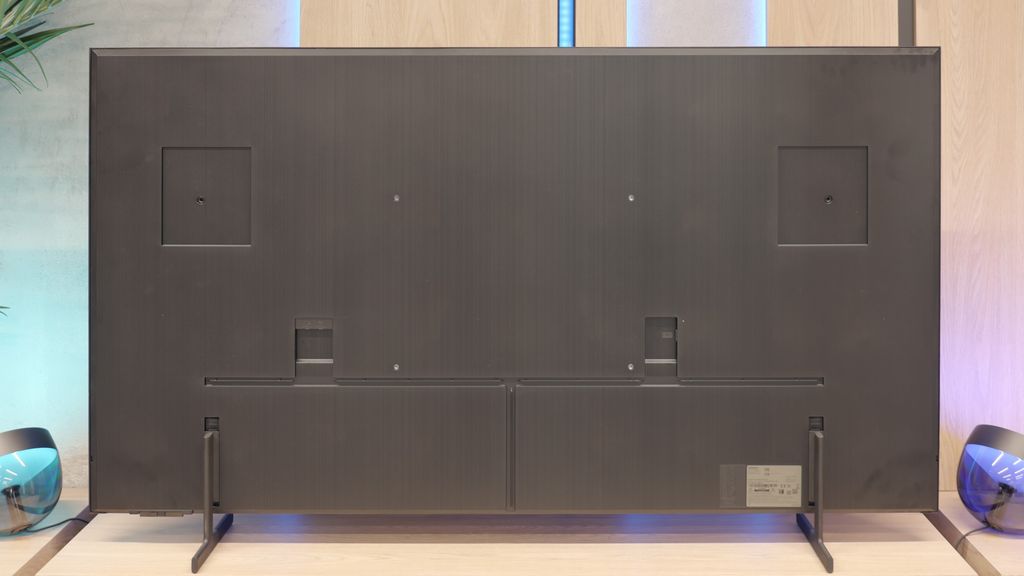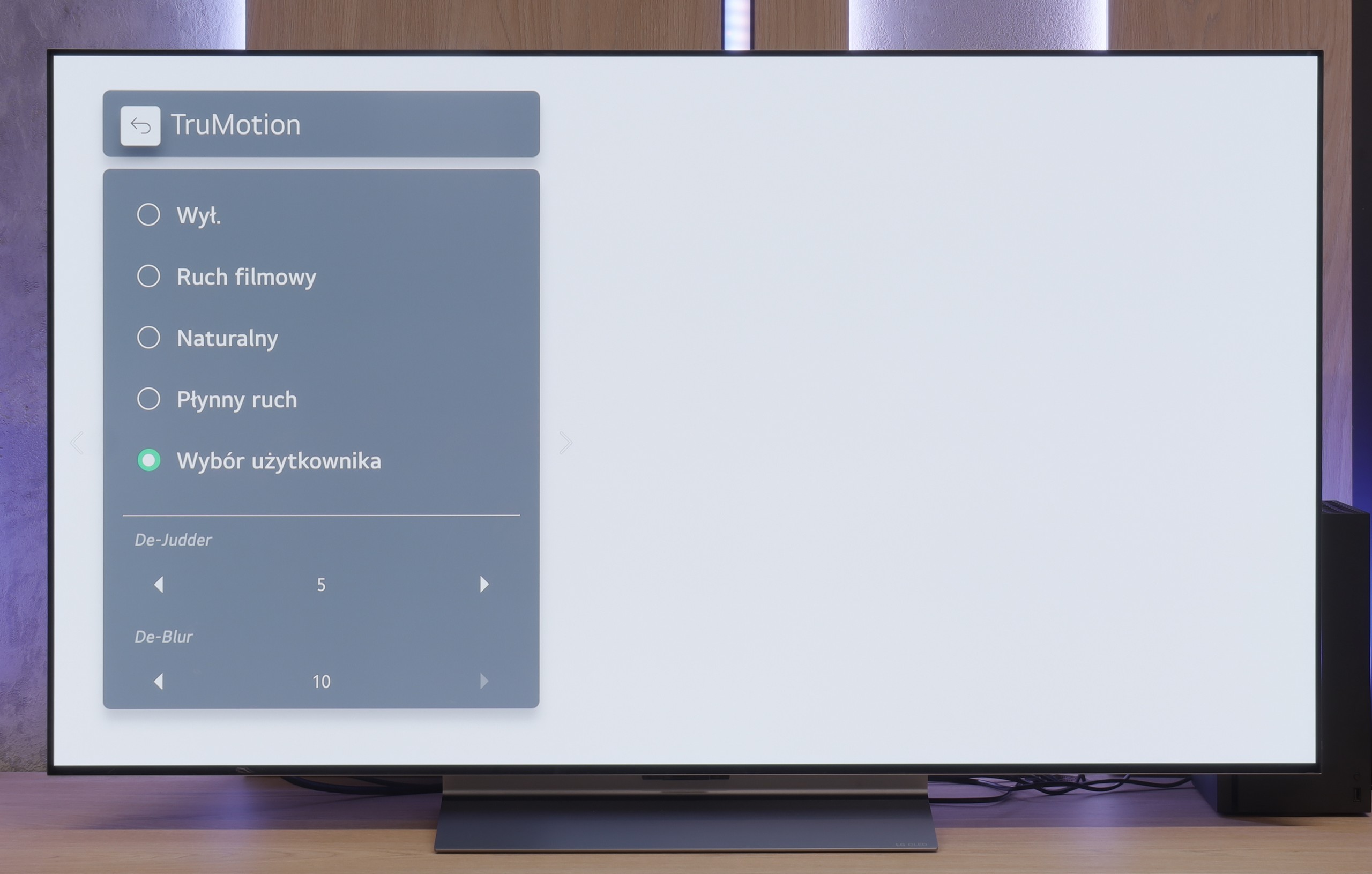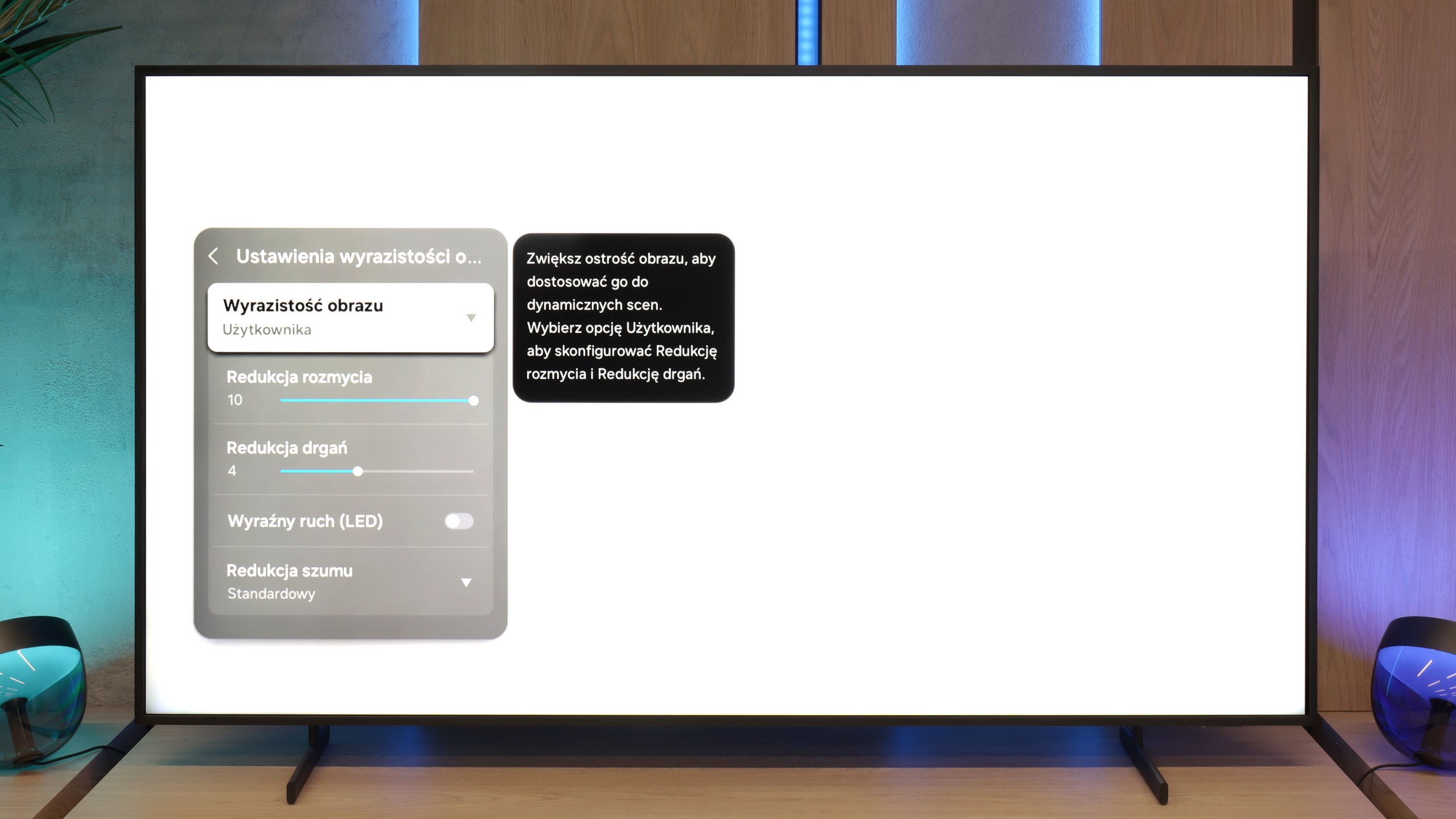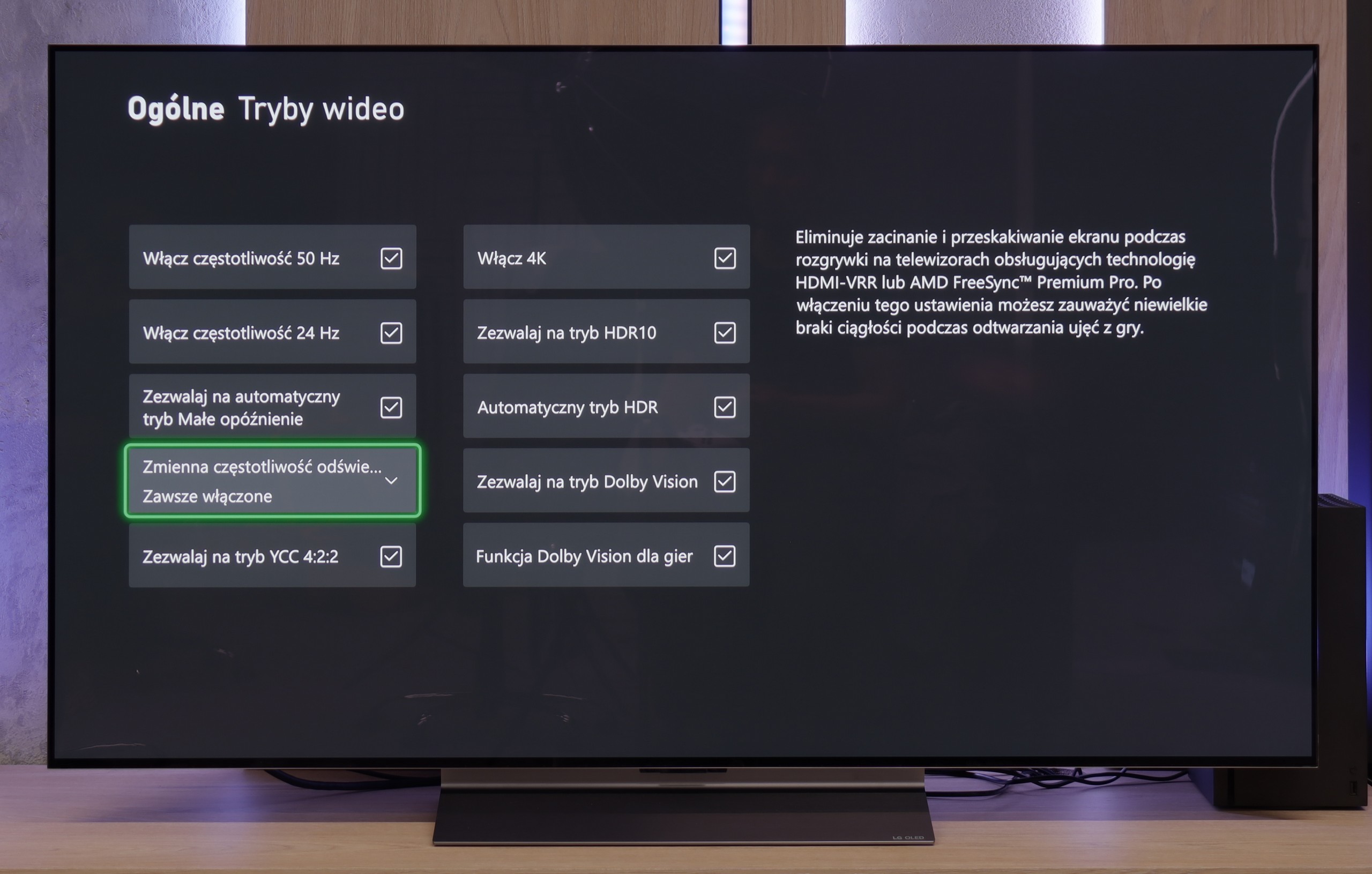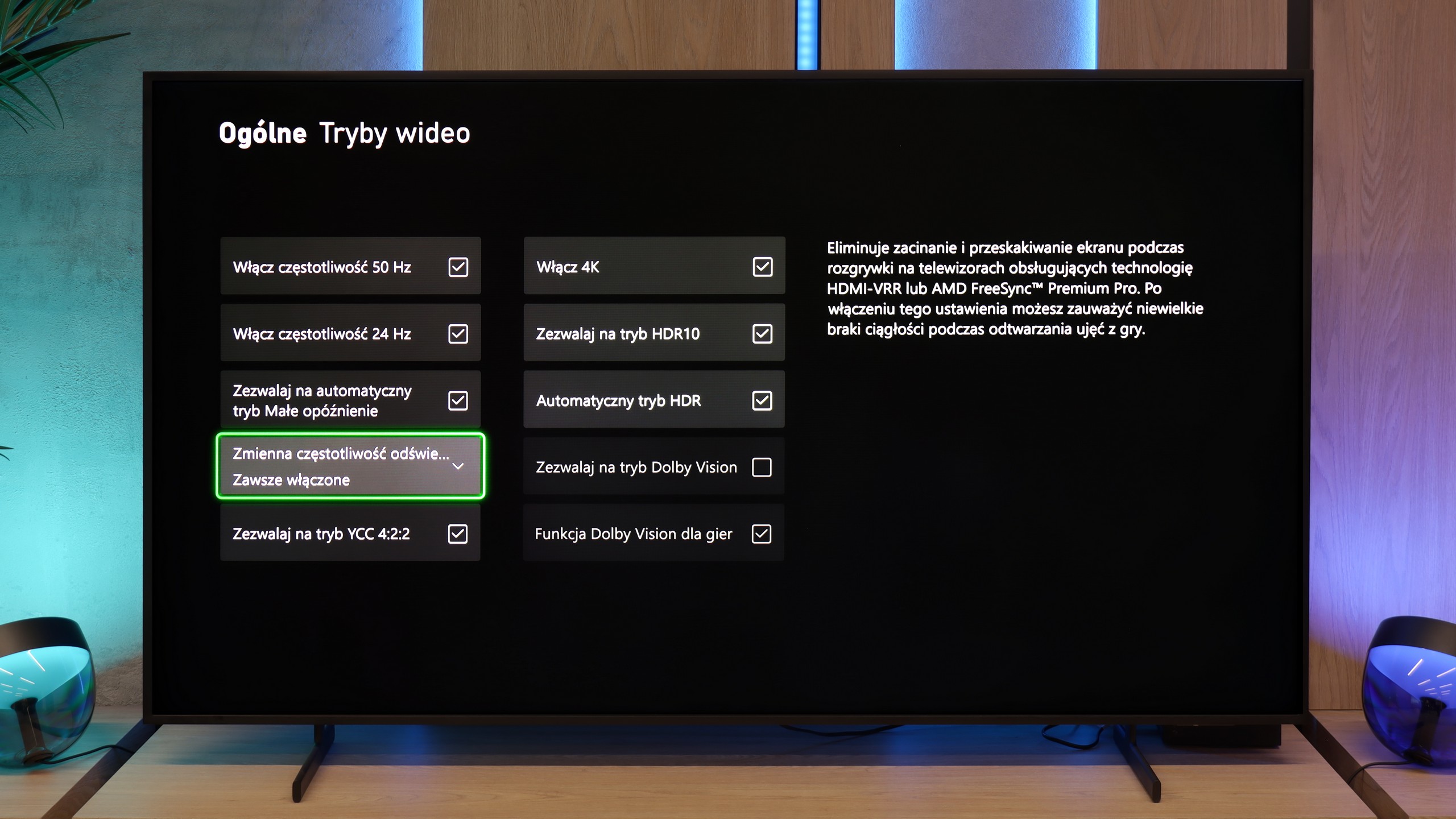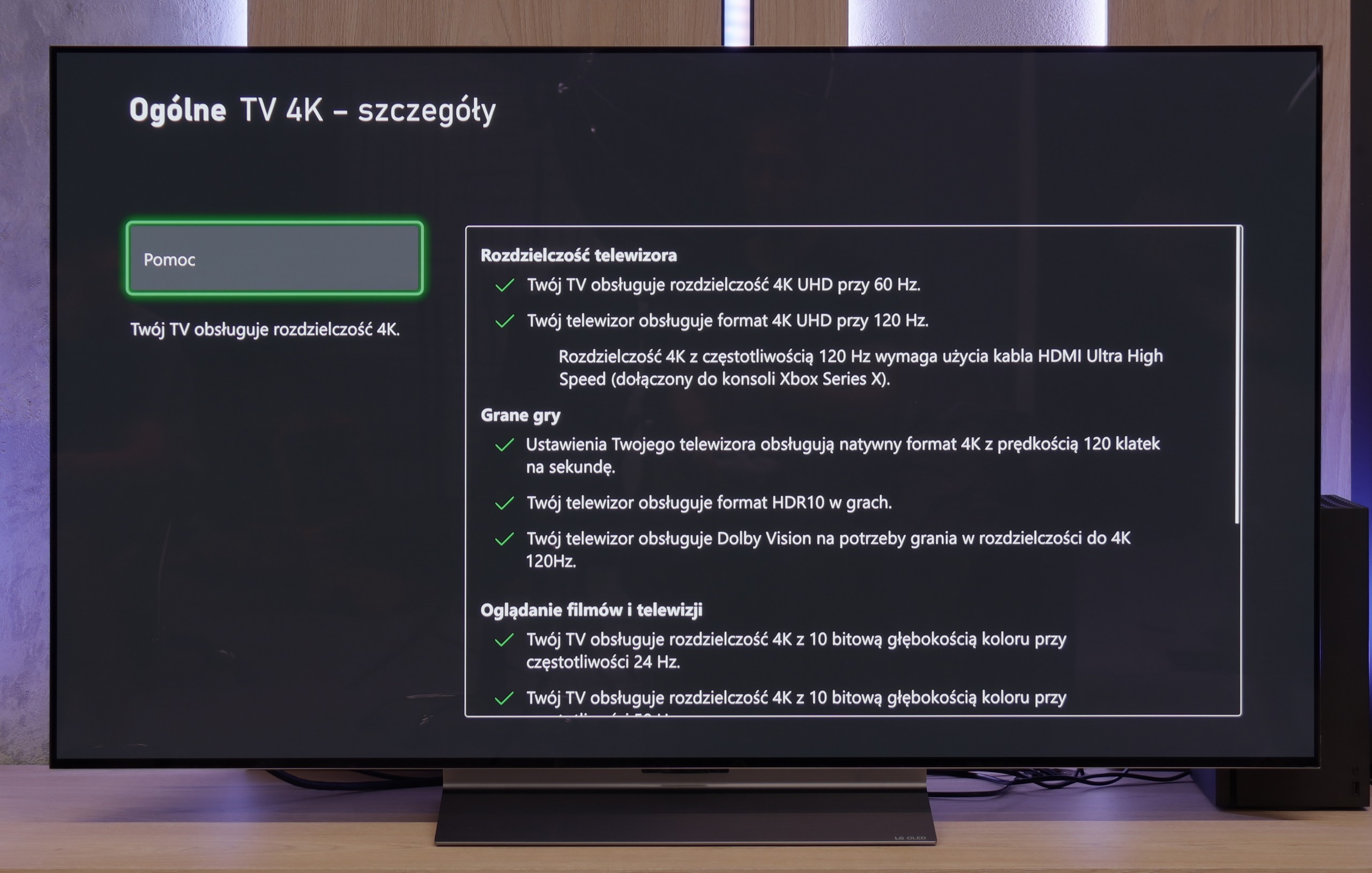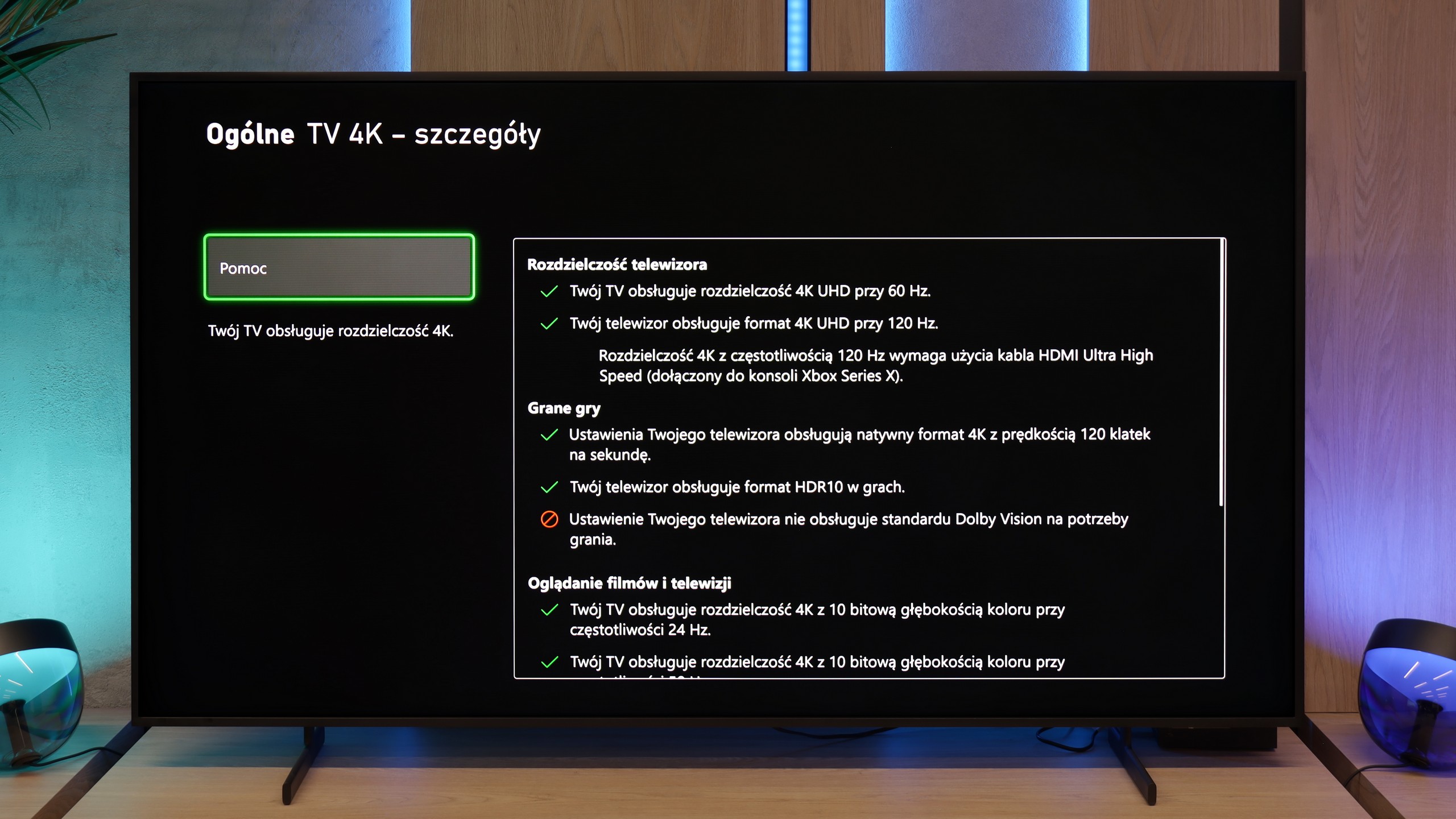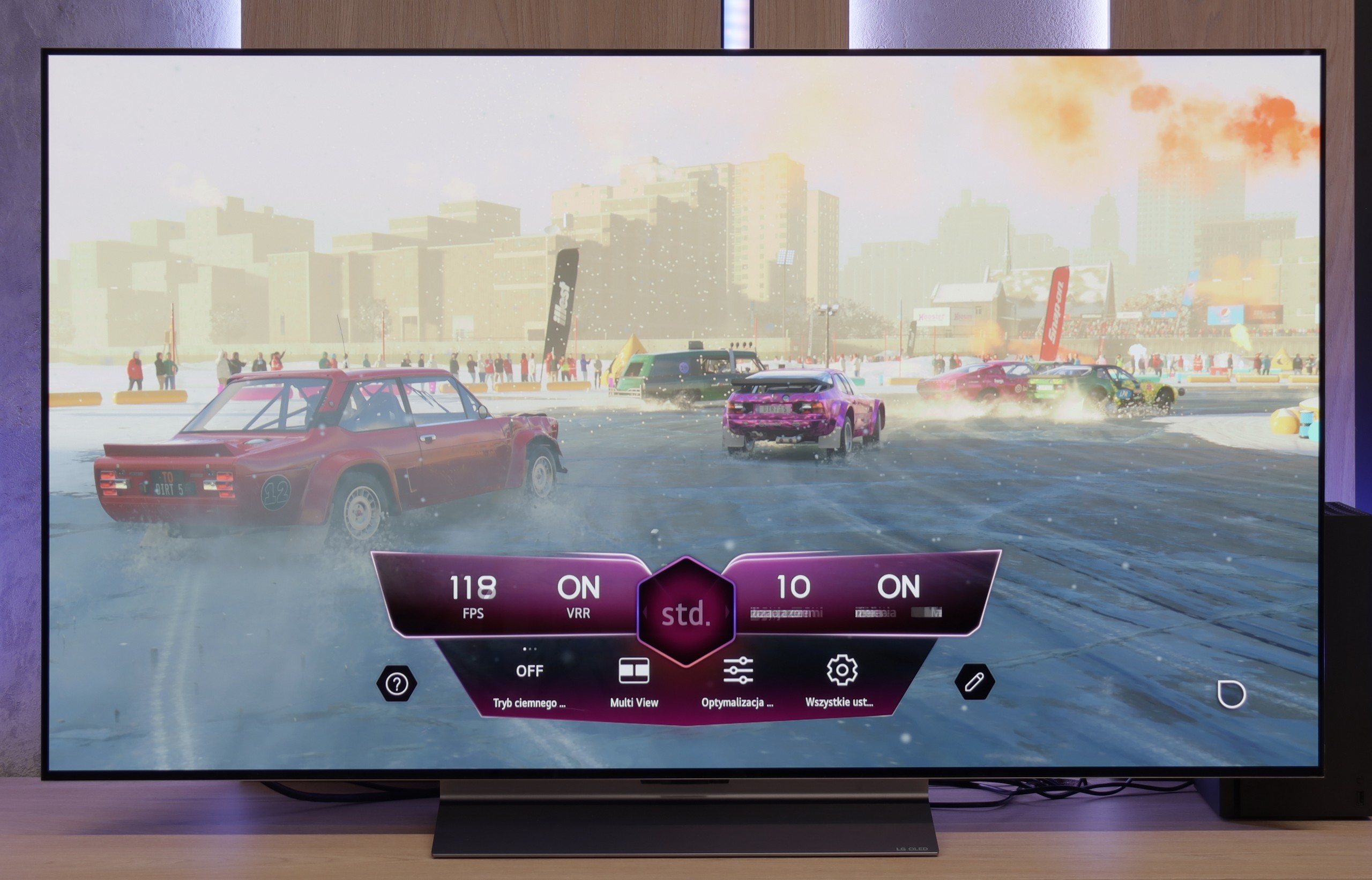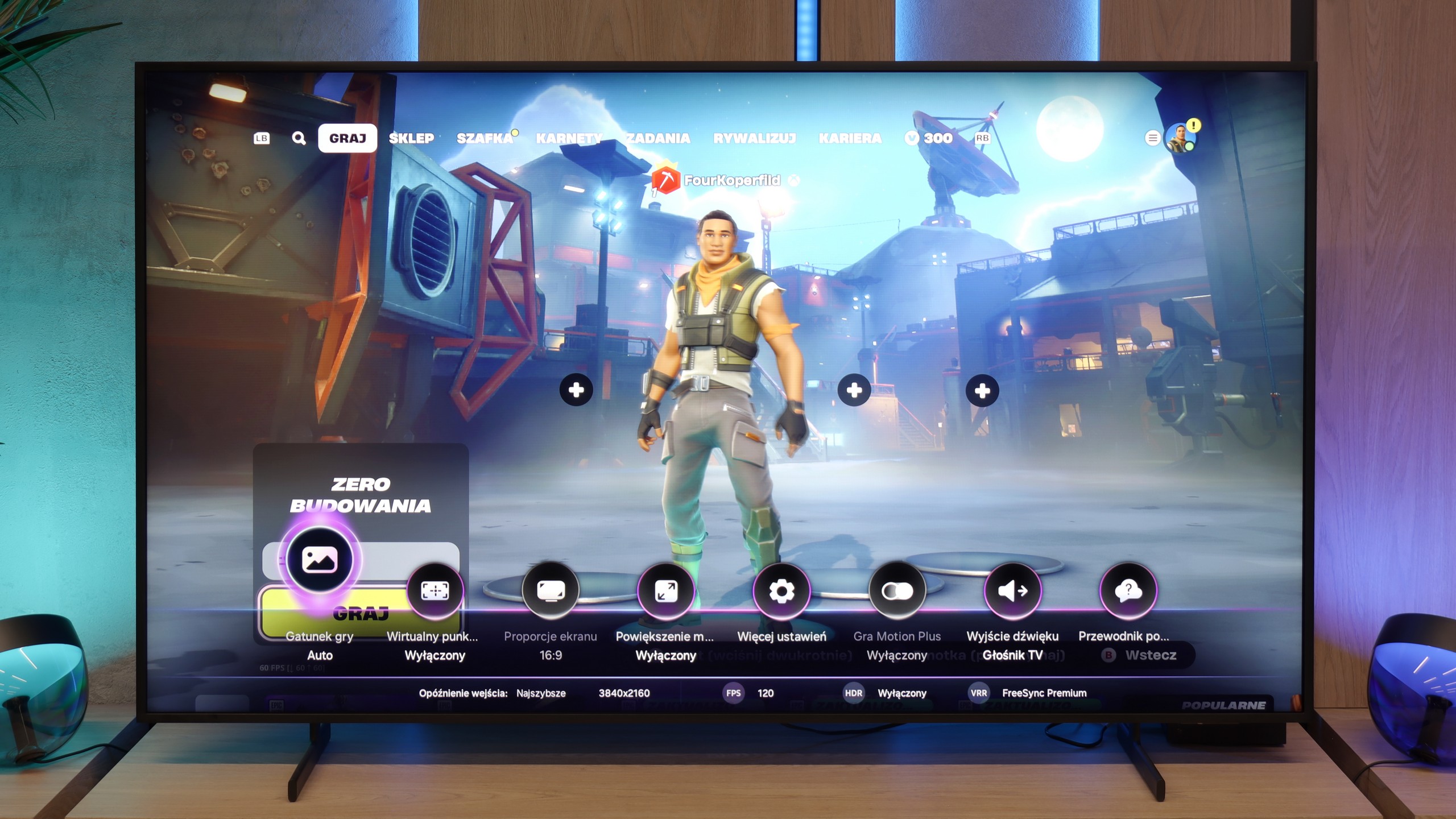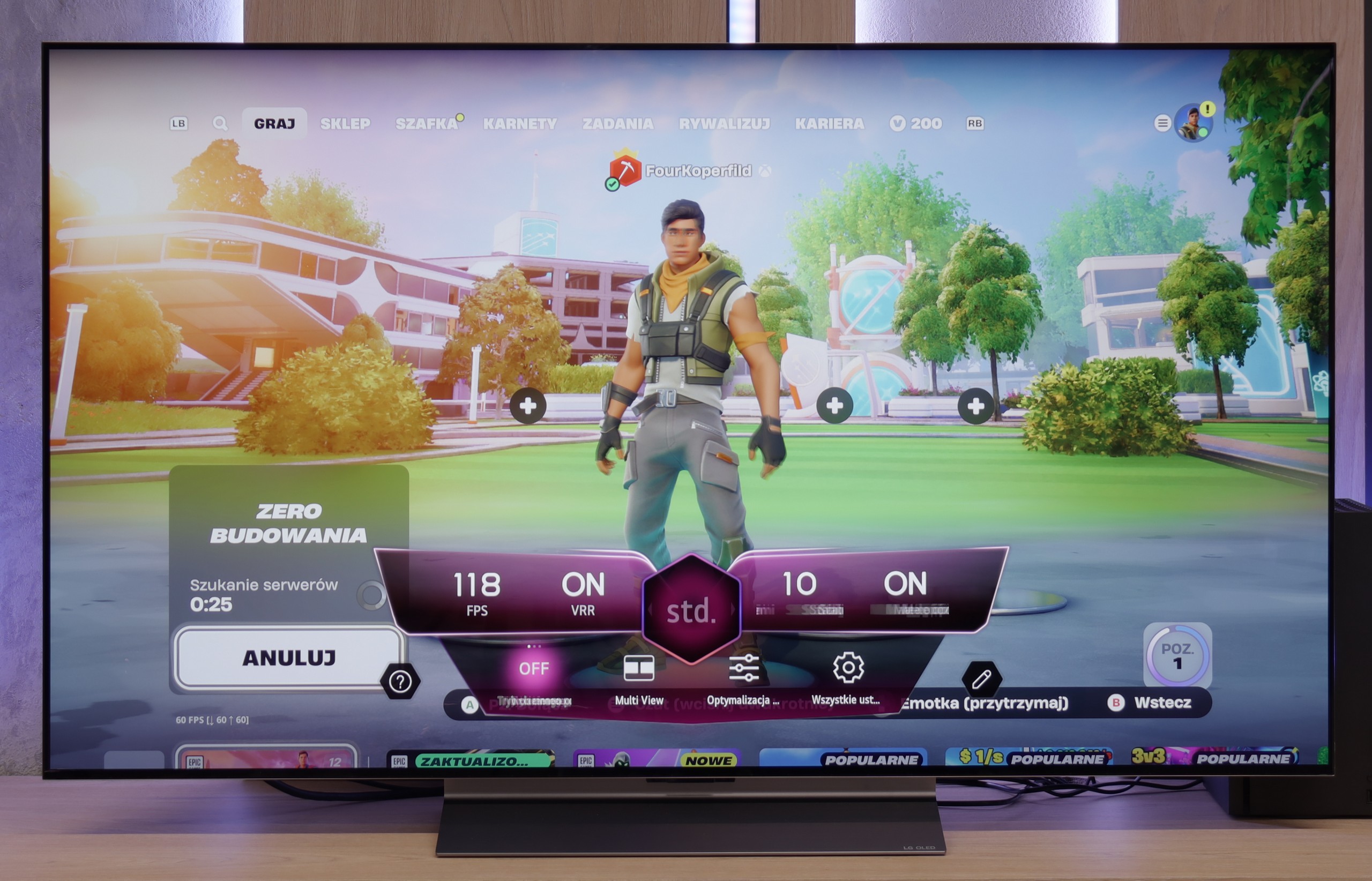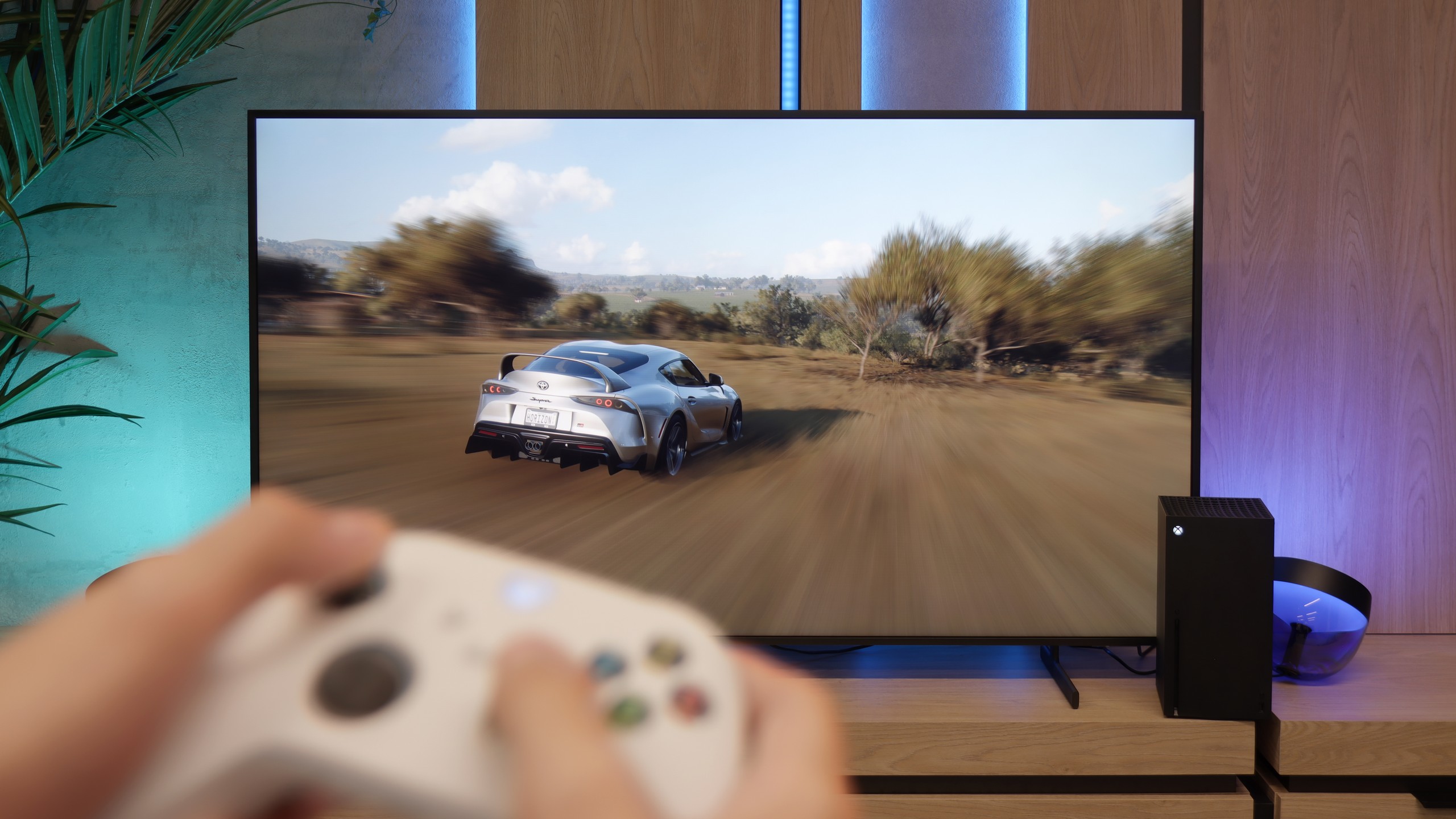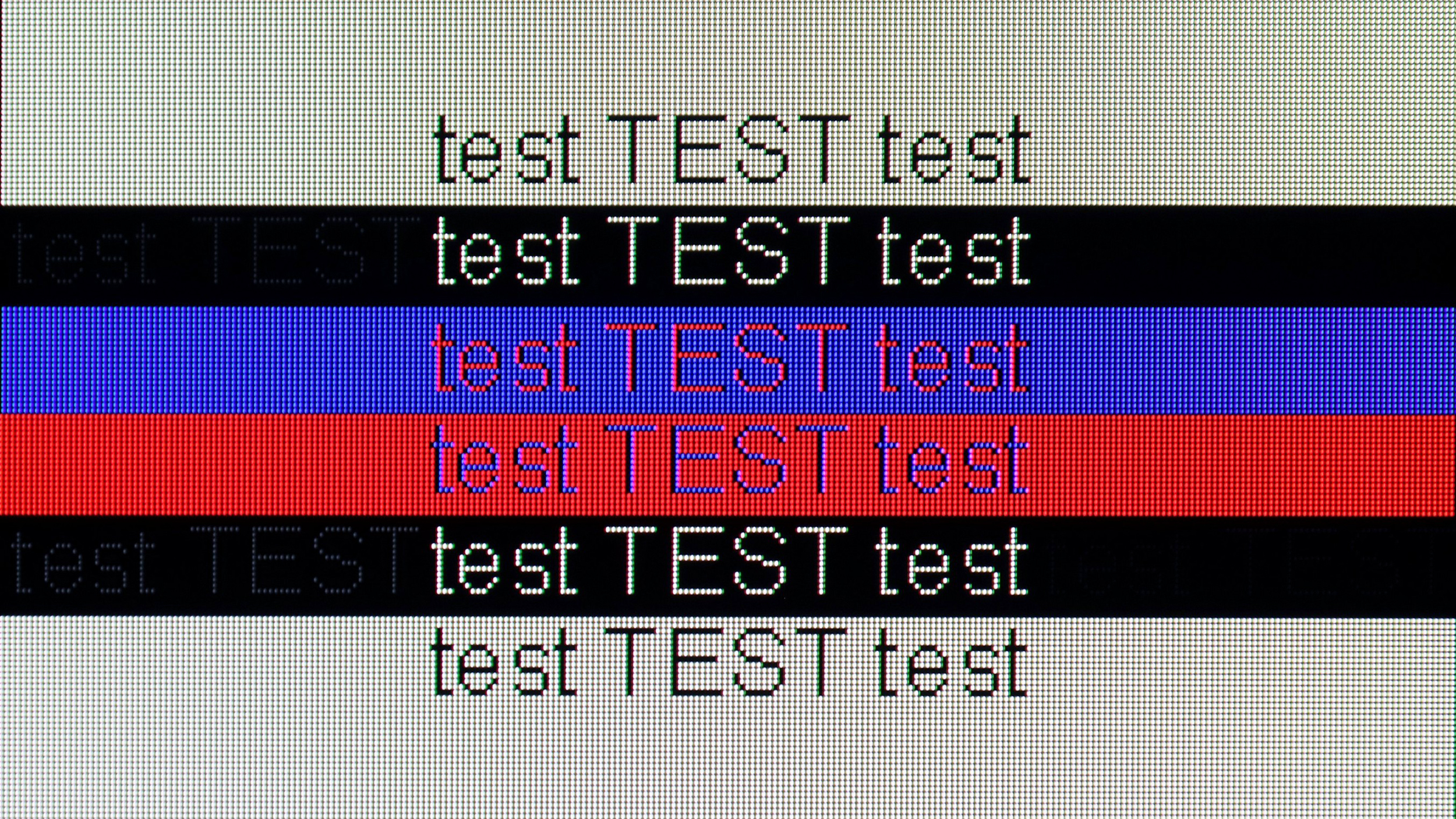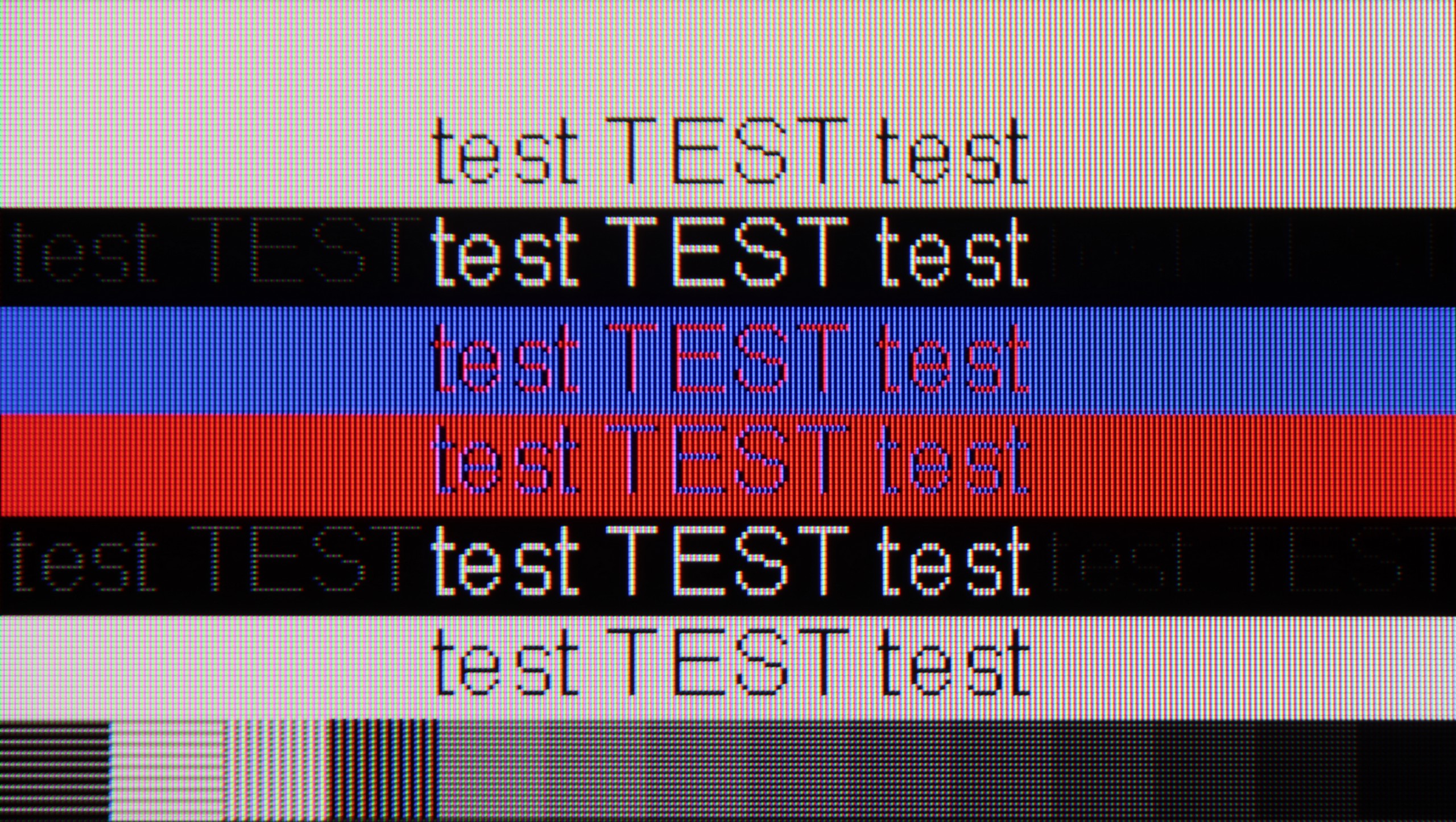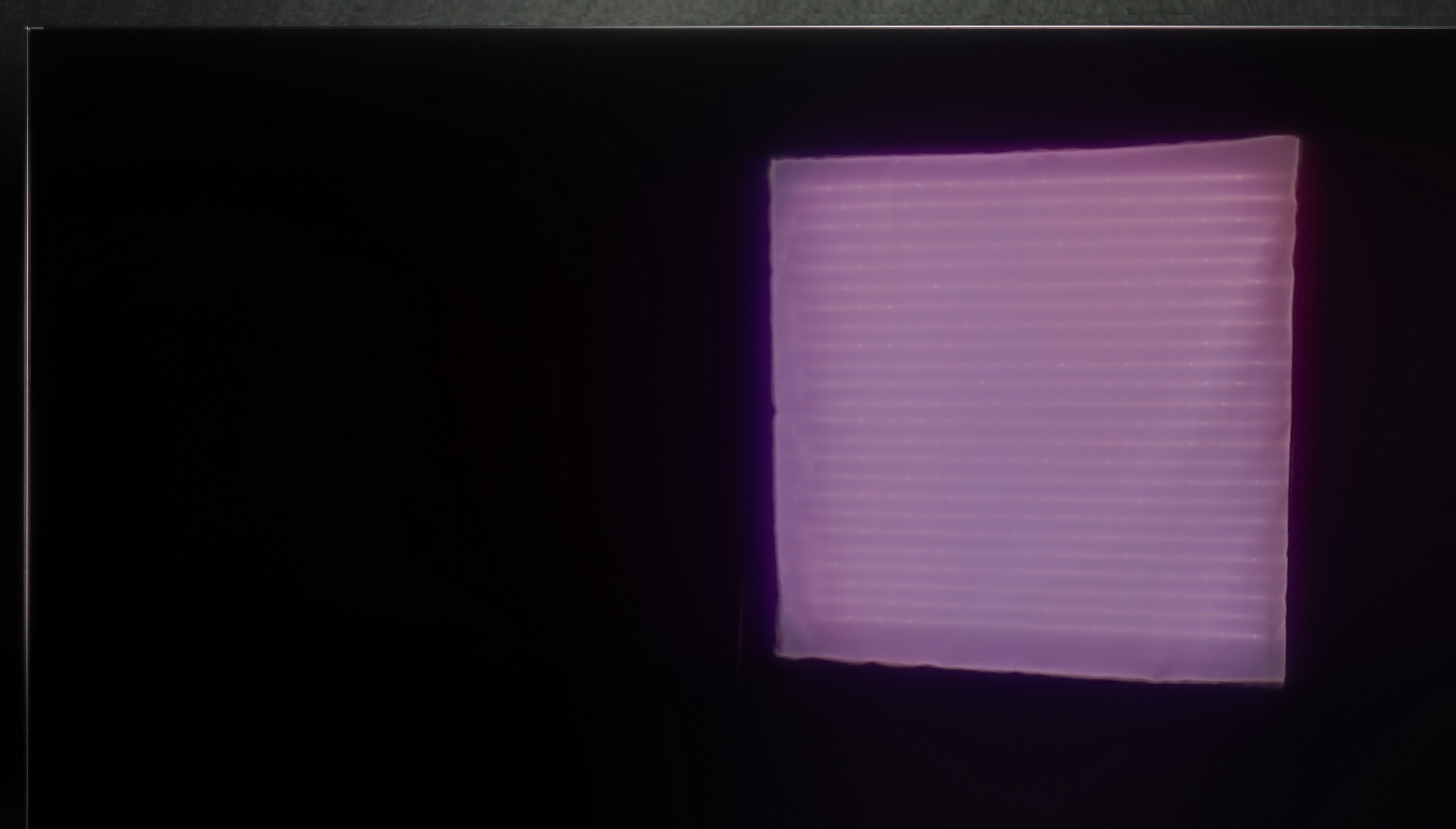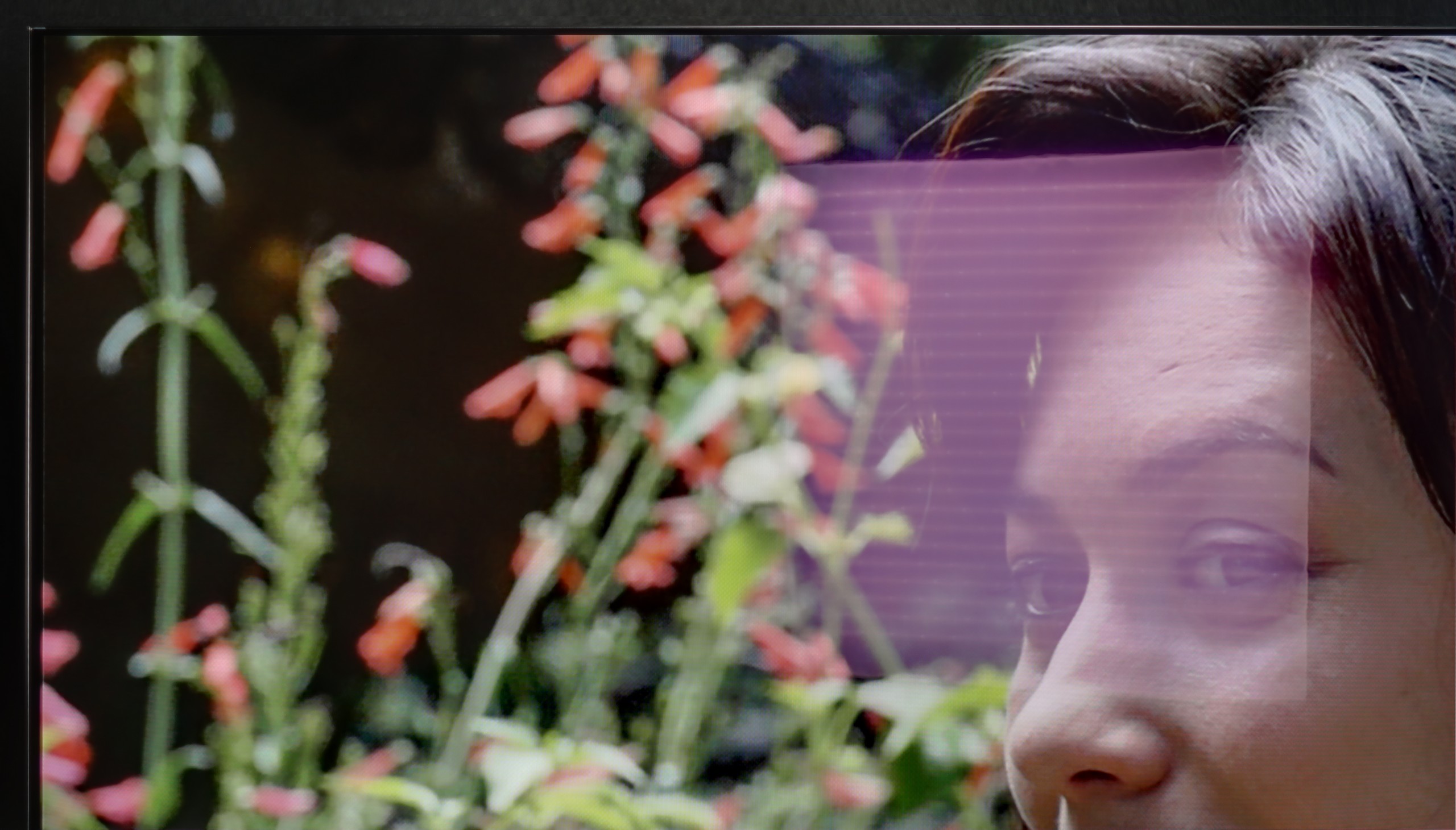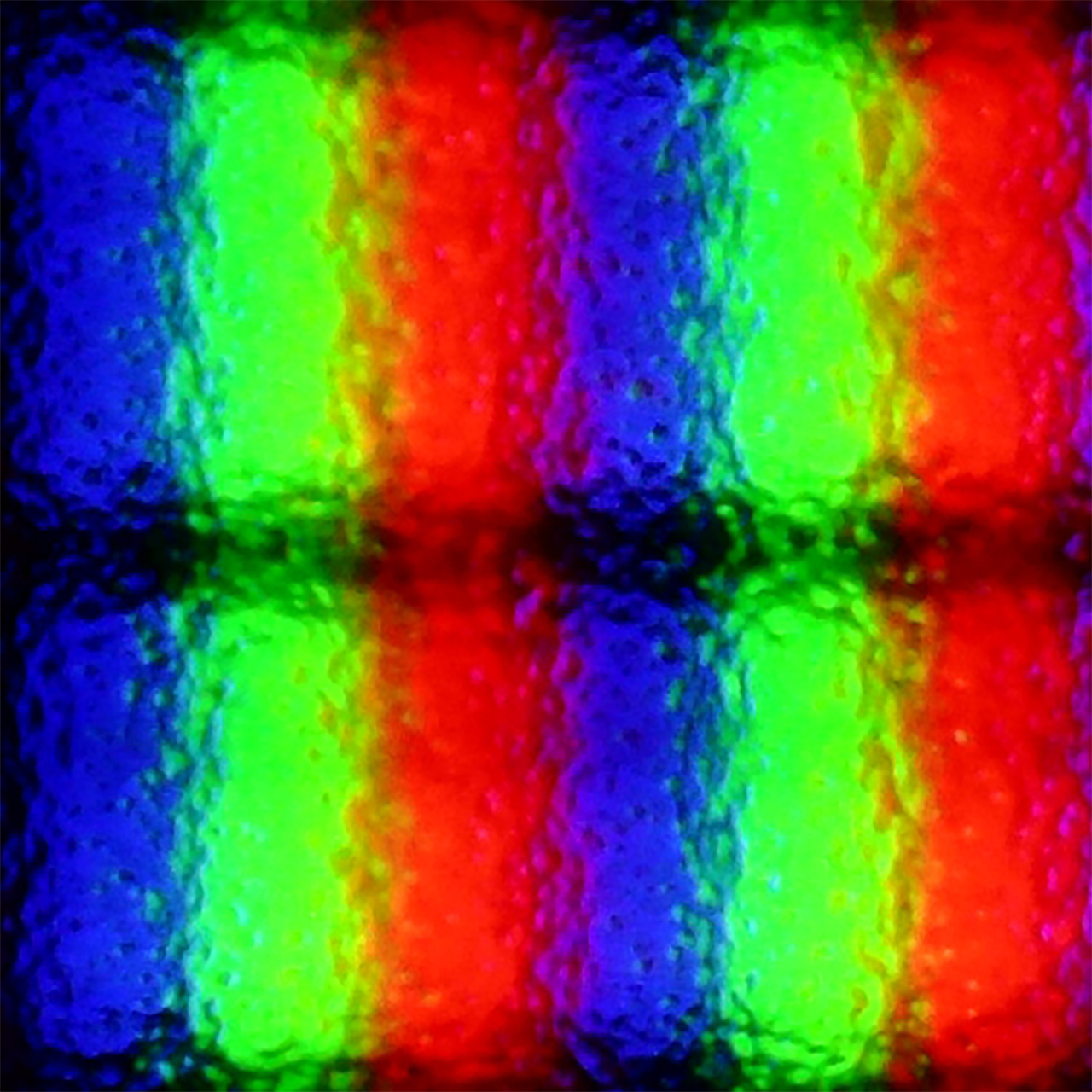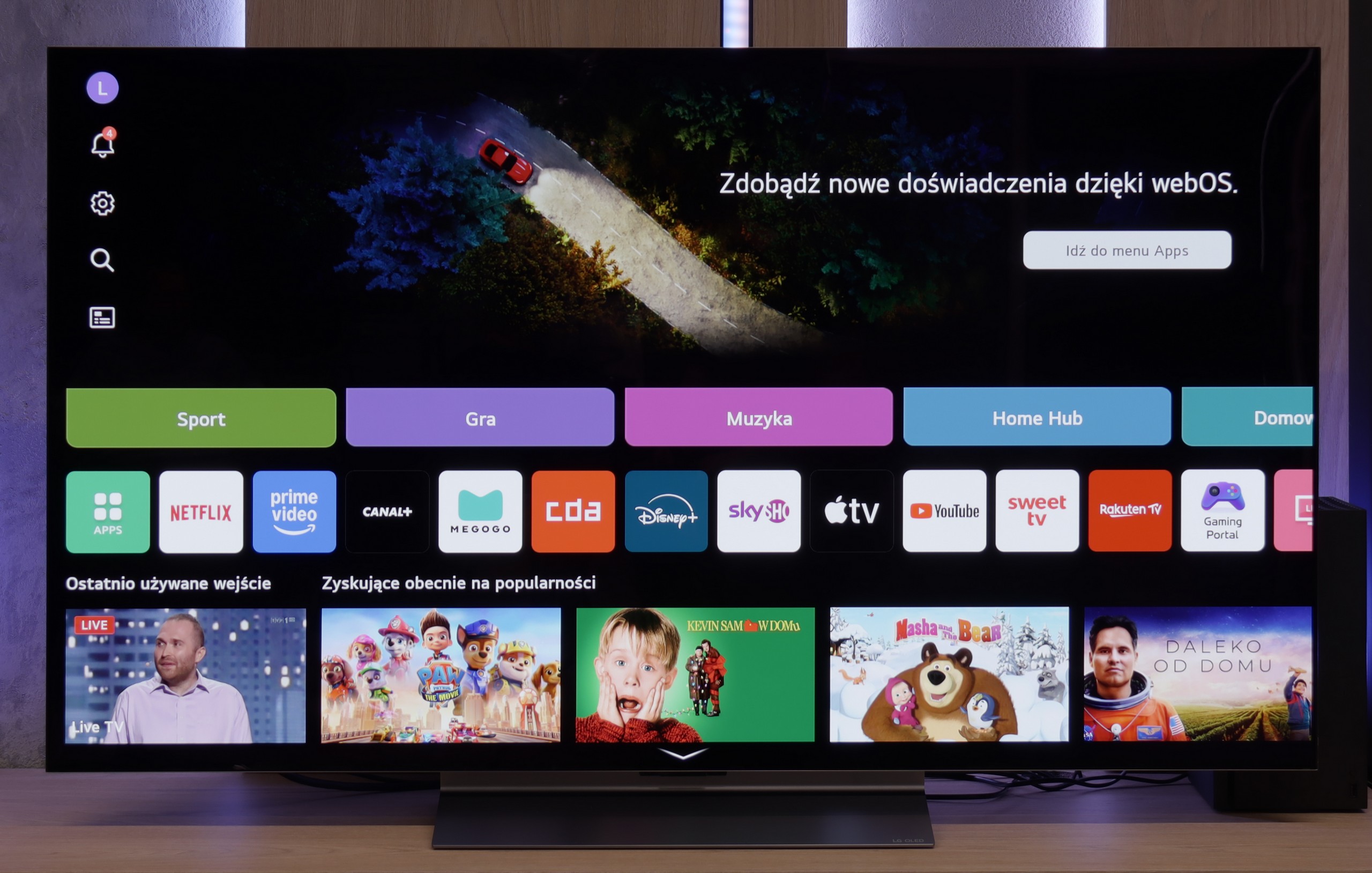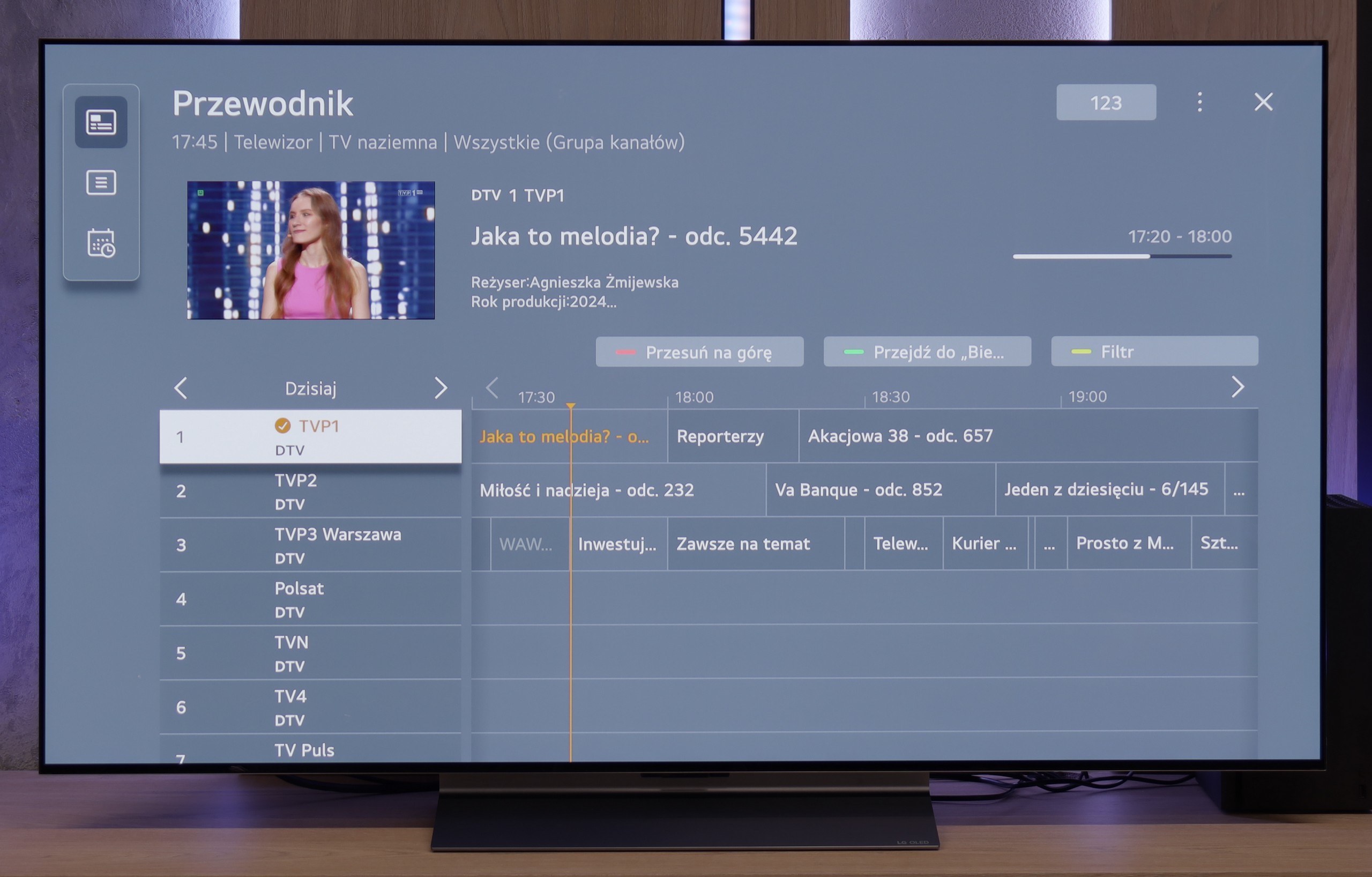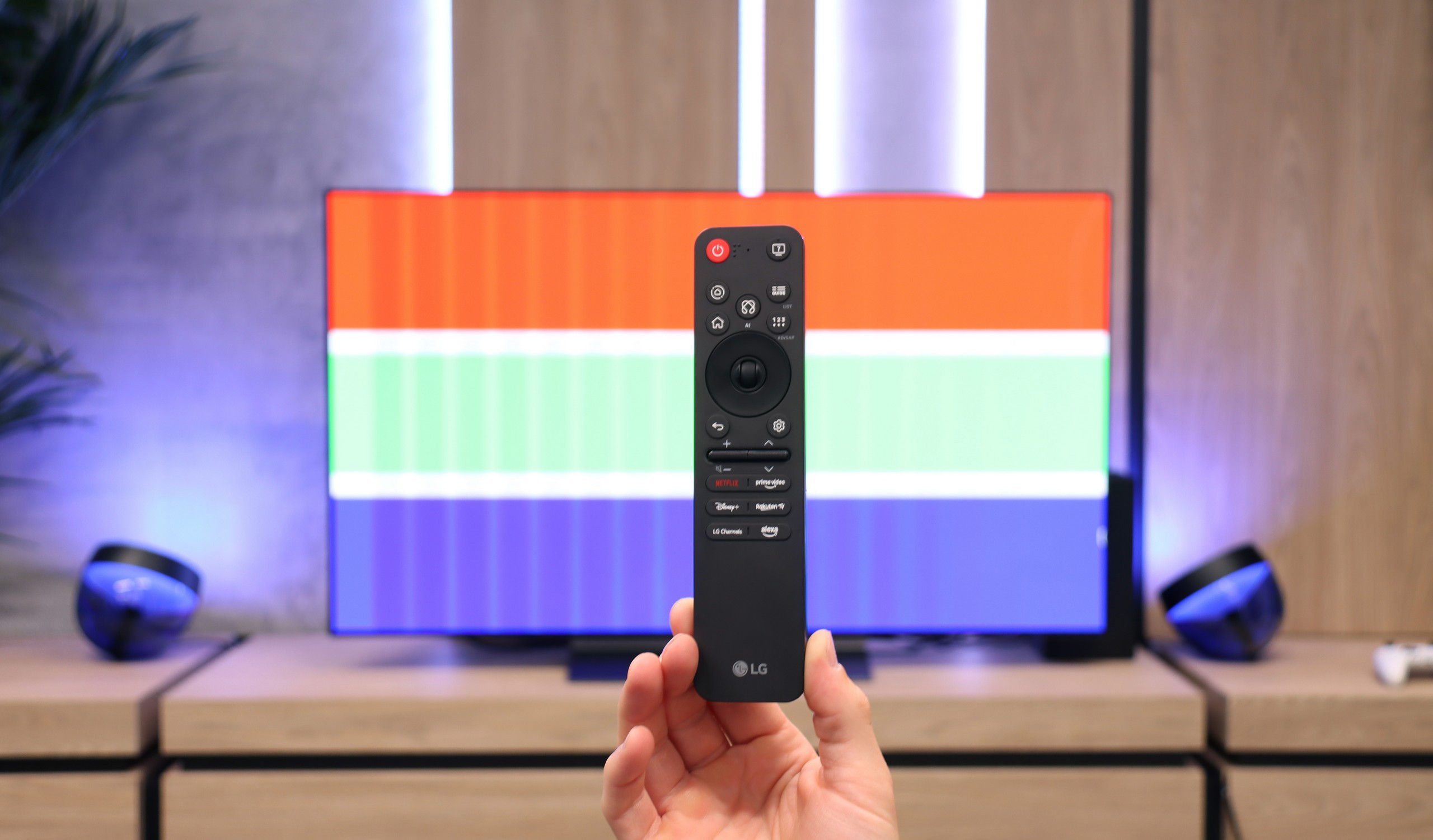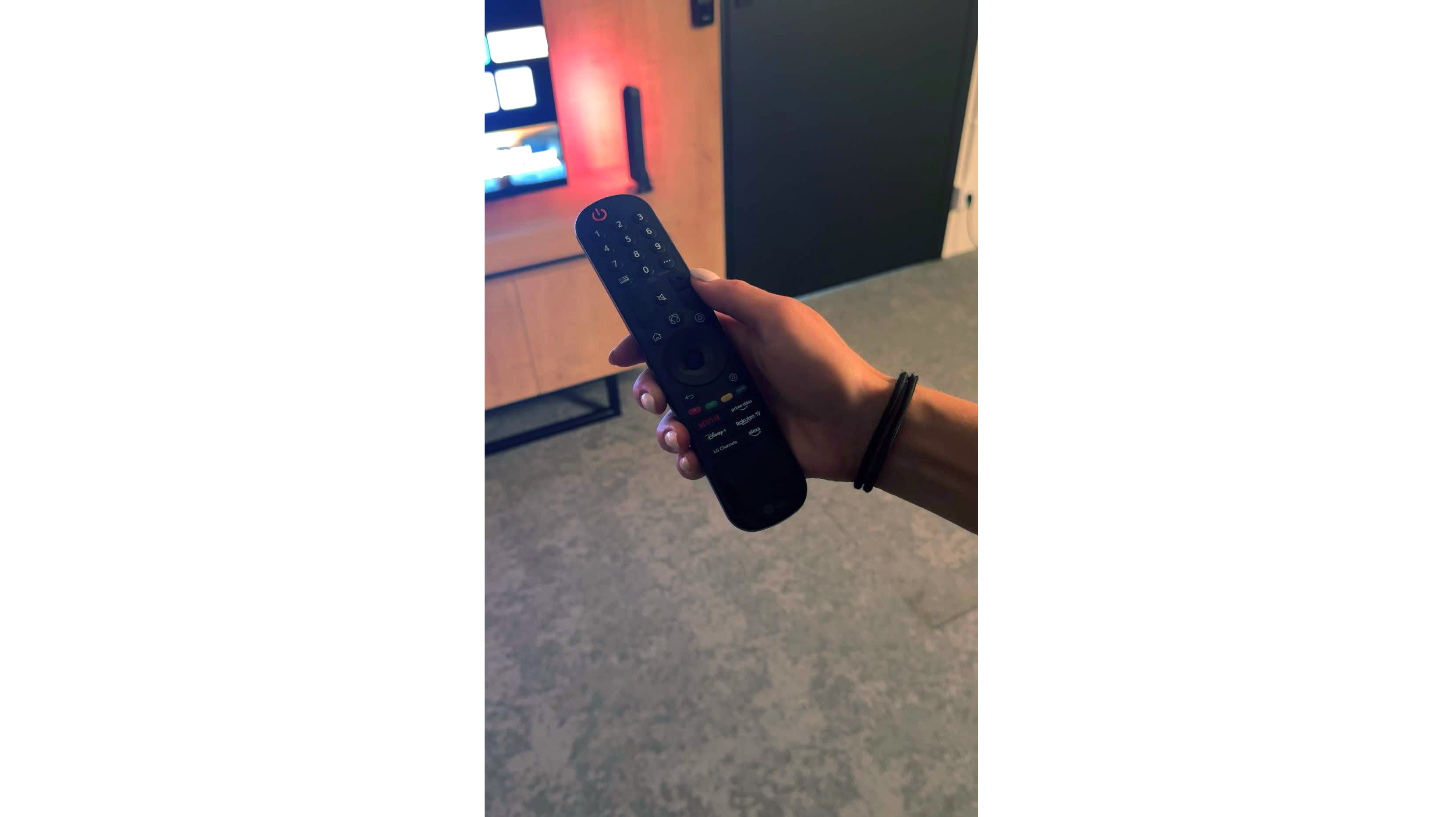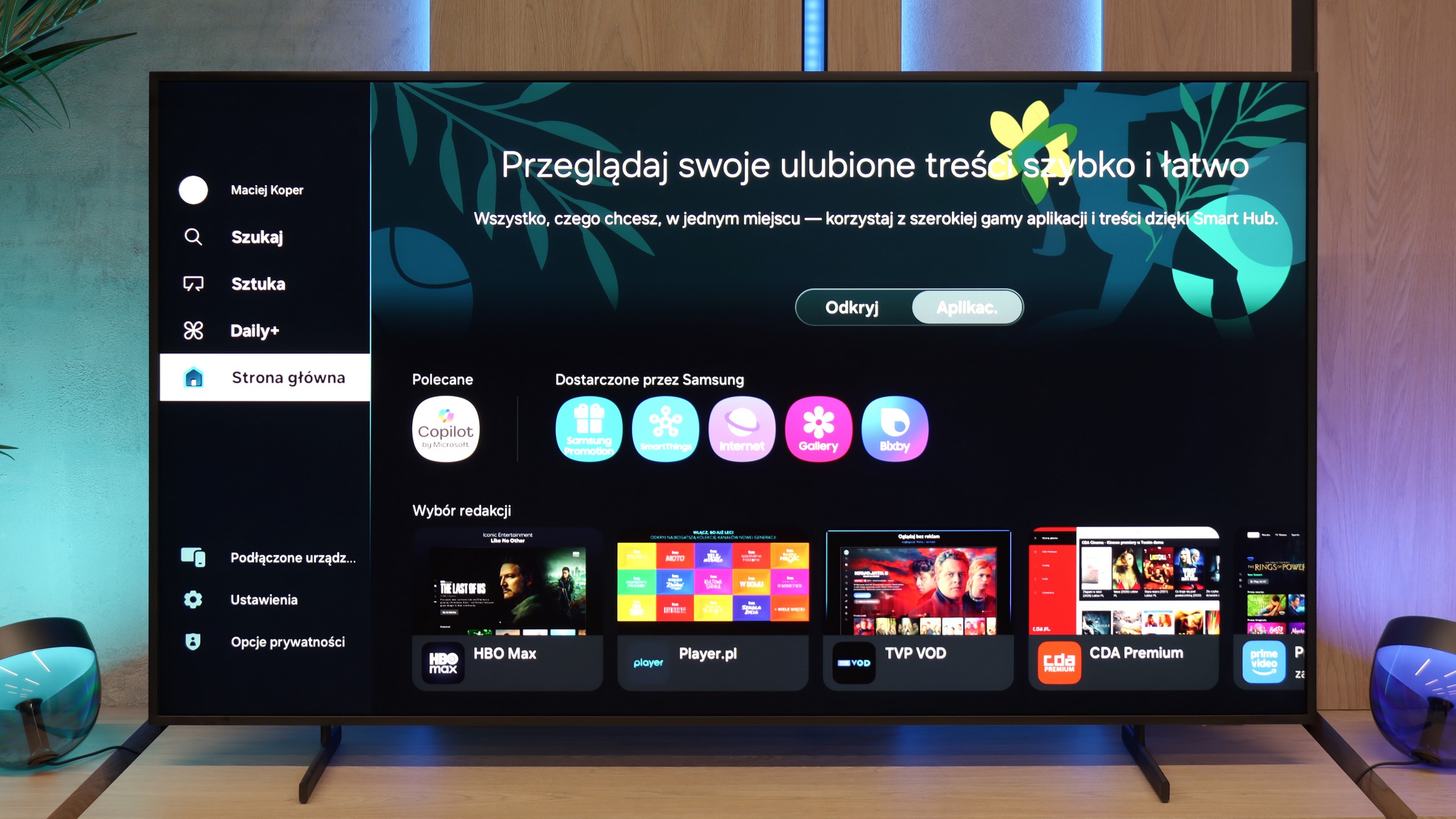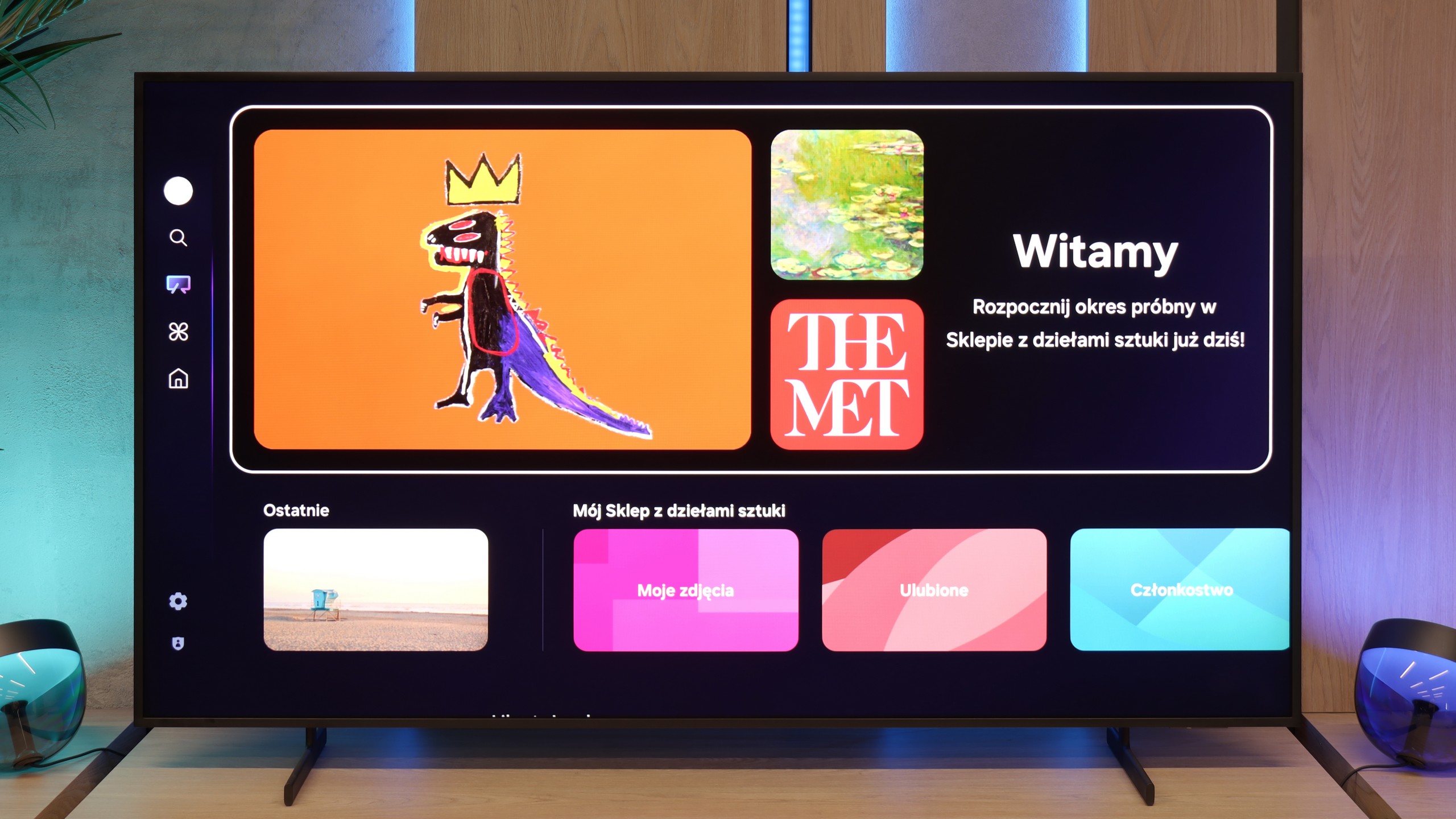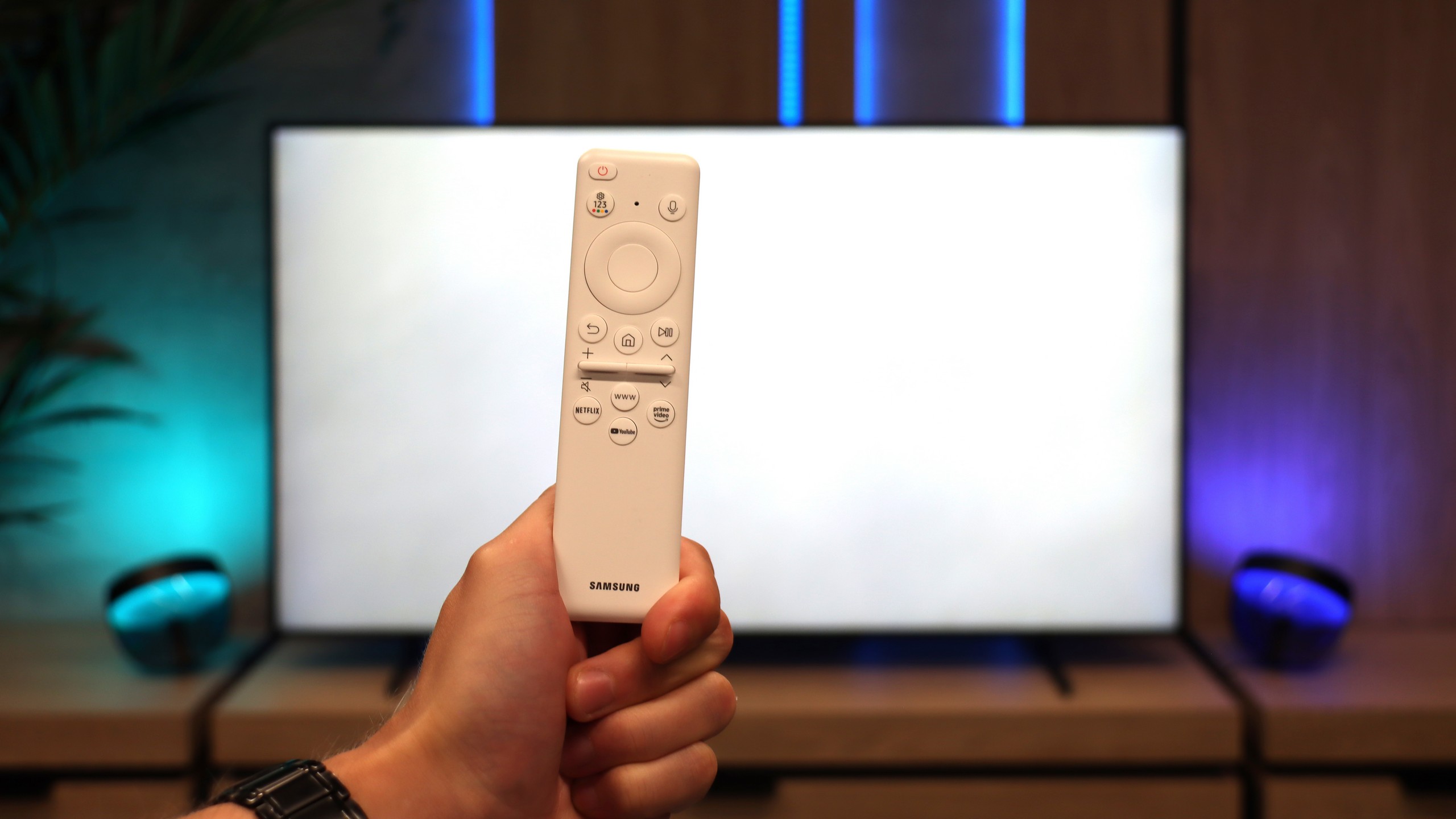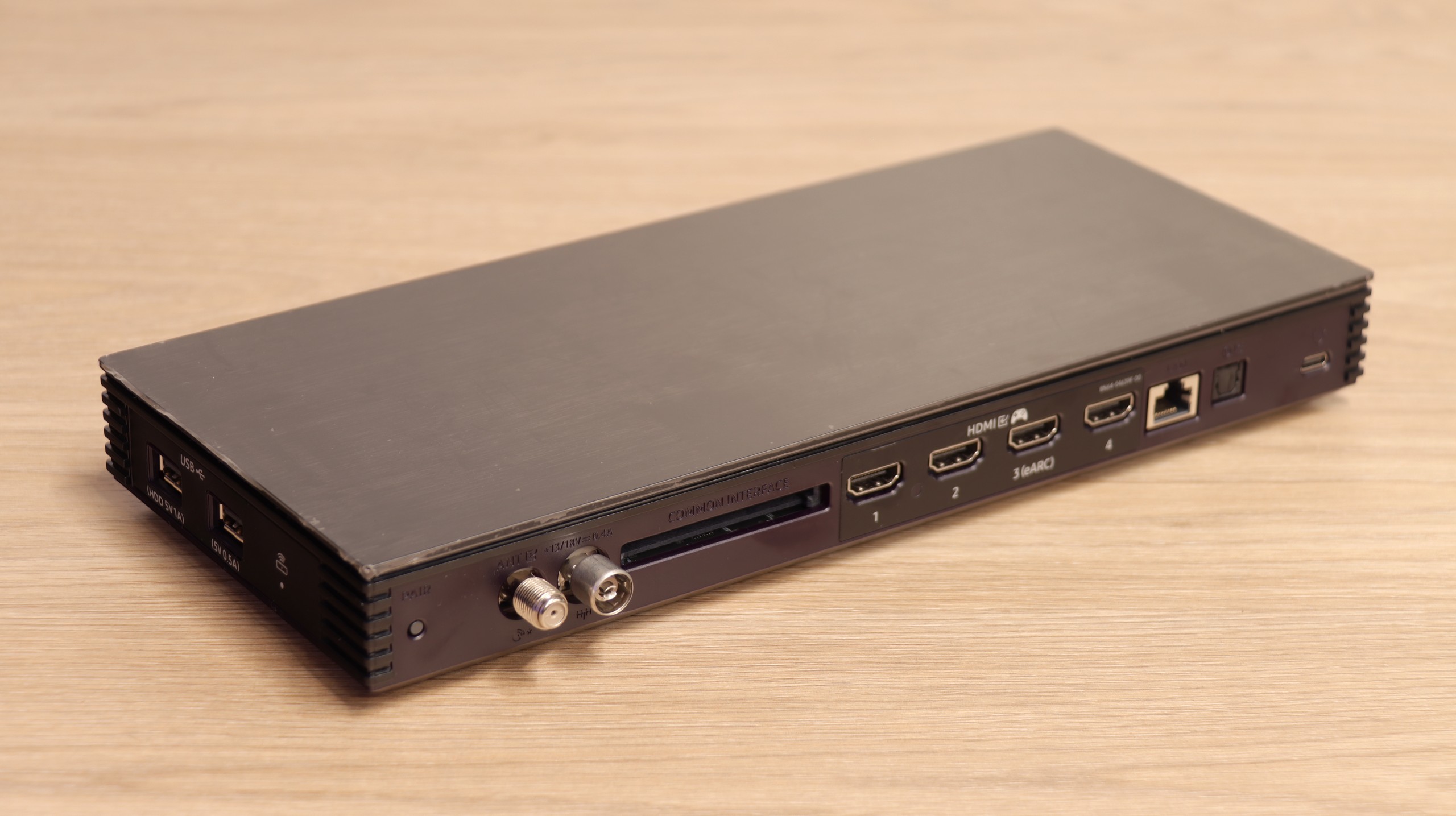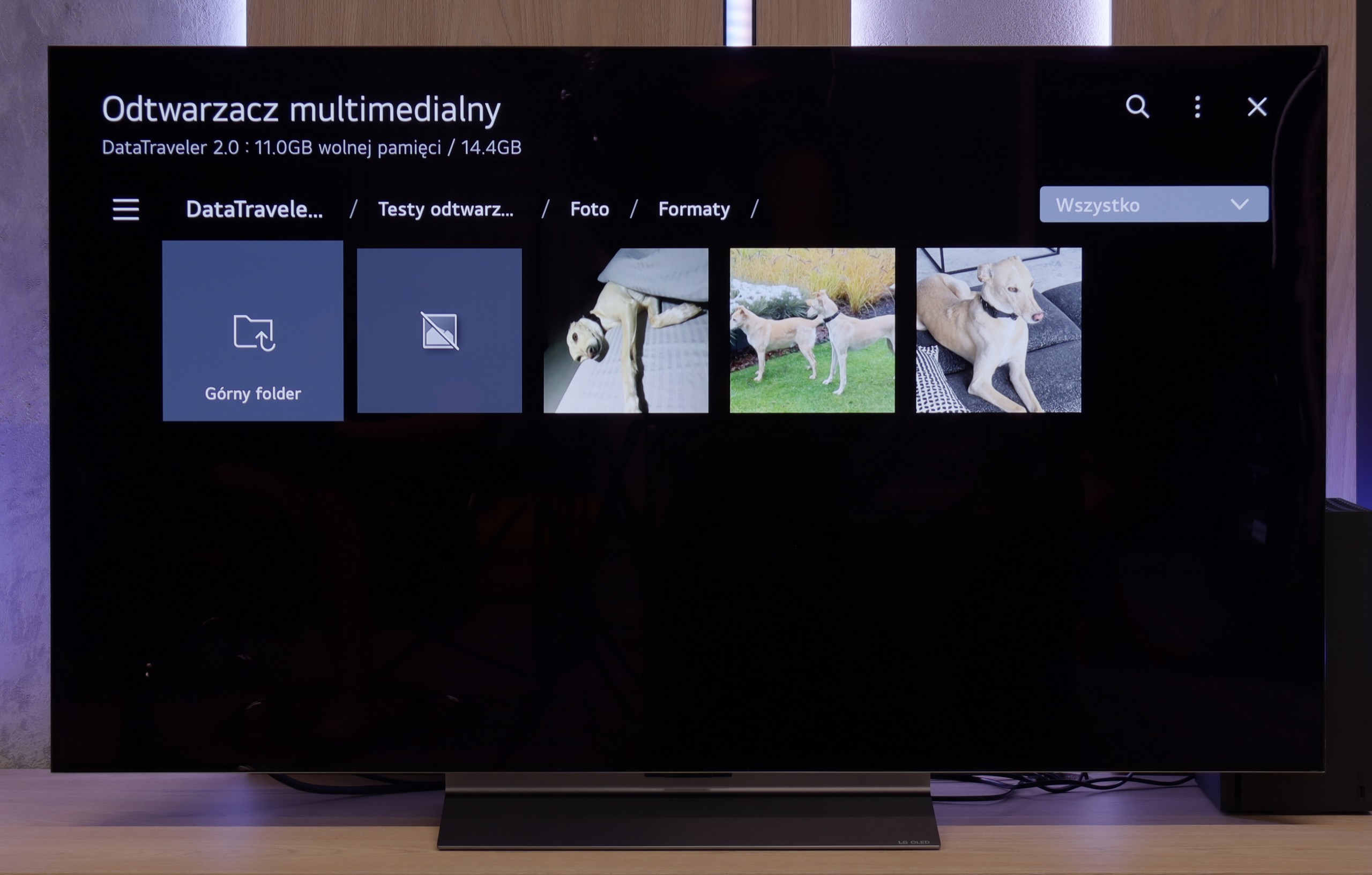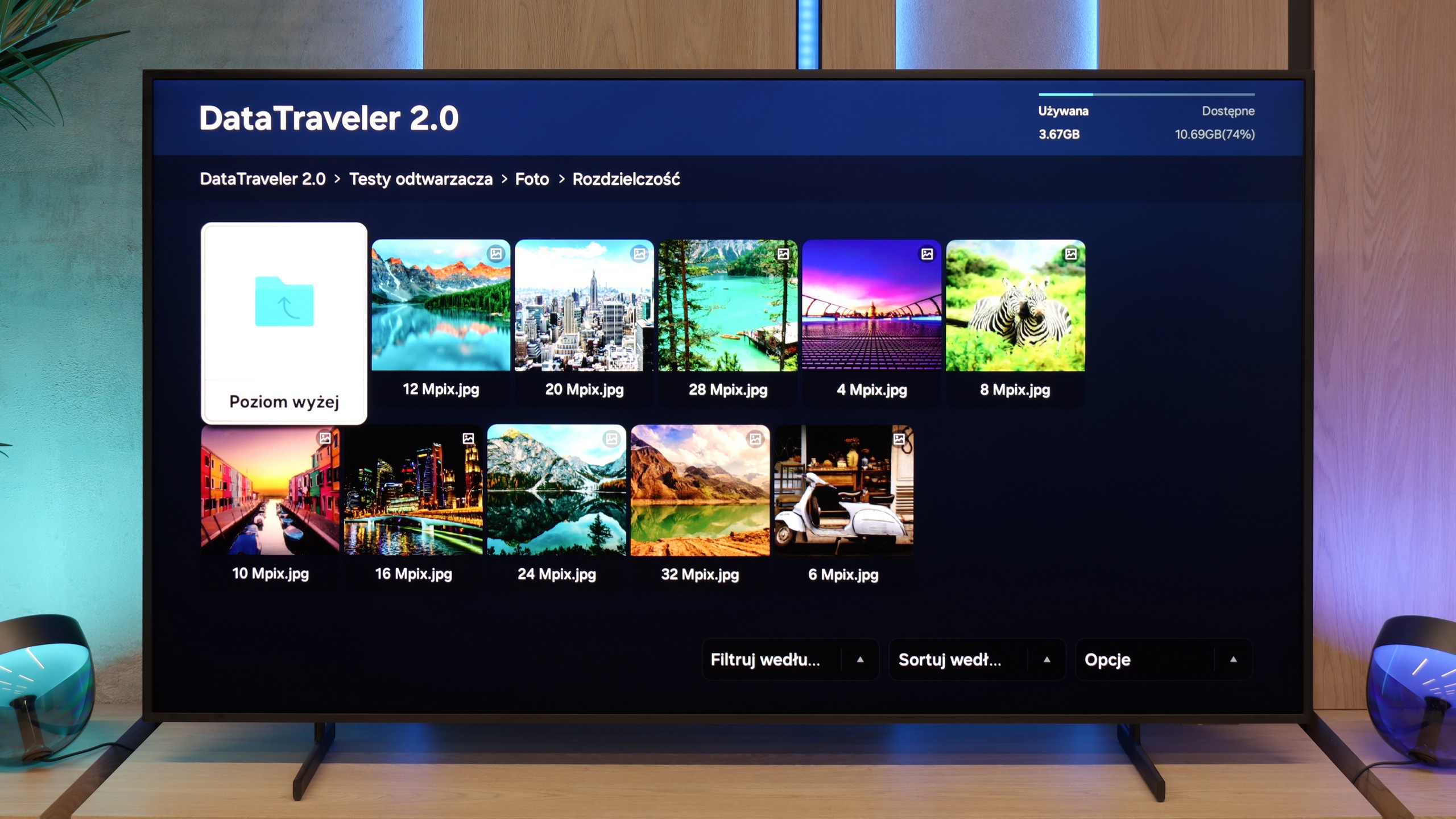Classic TV Features:
In terms of classic television features, the LG C5 performs really well. Here we have the option to record programs to USB from built-in DVB-T(2) tuners, support for teletext, an EPG program list, as well as seamless pairing of headphones via Bluetooth. For many users, these are still very important elements of daily TV usage – and here LG does not lack anything except for the PIP function. It's worth noting the topic of the remote control, or rather... different versions of the remote. In our test, we used the C54 model, which came equipped with a new version of the Magic remote. It somewhat resembles Samsung's minimalist approach – lacking a numeric keypad or a "source" button, but it looks modern and is convenient for everyday use. On the other hand, other variants like the C5ELB may be sold with an older version of the remote – a more classic one, with a greater number of buttons and a numeric keypad. Some may consider it more practical, while others see it as outdated. In short: quite a bit of confusion, so it's worth checking the model suffix before purchasing.
Smart TV:
Regardless of the version of the remote, we operate the same system – WebOS. This is one of the most pleasant solutions in the world of Smart TV. The intuitive menu, fast performance, and support for popular features like AirPlay, screen mirroring, or voice assistant make the system very effective for daily use. Additionally, controlling the cursor using the gyroscope in the Magic remote remains one of the most convenient forms of navigation in televisions. There are really a lot of applications available – Netflix, Disney+, HBO Max, Apple TV, and many others. However, one must remember that this is not a system based on Android/Google TV, so it might happen that we simply won't find some less popular applications in the LG store.
Smart Features
Samsung The Frame Pro runs on the Tizen system, which has been the hallmark of the Korean manufacturer for years. It is one of the most refined smart TV environments – fast, stable, and intuitive. It virtually includes all popular streaming applications, and the interface operates smoothly and without significant delays. Features such as AirPlay 2, screen mirroring, and voice control of the TV using Bixby, Alexa, or Google Assistant are also supported.
TV Functions
When it comes to classic TV functions – as in almost every Samsung – this is not the device's strongest aspect. We receive a clear EPG guide, teletext support, the ability to connect headphones via Bluetooth, and that's about it. We won't find more advanced tools known from TVs (e.g., USB recording or PiP). However, this is standard in Samsung's offering. The manufacturer has been setting trends for several years and focuses mainly on smart features, while traditional television is somewhat neglected.
Art Store and Interchangeable Frames – A Unique Element of the Series
What has distinguished the series The Frame since its inception is the Art Mode and the Art Store application. Thanks to it, we can display reproductions of artworks on the screen, ranging from classics to modern graphics. The service is indeed paid (in the form of a subscription or a one-time annual fee), but it ensures that the materials are prepared in the highest quality, making the displayed images look almost as if painted. This element, along with the option to change the TV's frames, makes The Frame Pro serve a dual purpose as a television and a stylish interior design element.
Wireless One Connect Module
The second unique element of The Frame PRO is the wireless One Connect module, which includes all HDMI ports and other connections. This allows the TV to hang on the wall almost like a real painting, while all the electronics and cables can be placed in a separate box positioned even a few meters away. The device is powered via USB-C and takes over all the "thinking" processes of the TV. While this solution has its limitations for gamers or those using PCs (latency, deterioration in font quality), it works great for connecting amplifiers, decoders, or individual multimedia devices. It's a very "gadgety" solution, but in everyday use, it proves to be simply convenient and allows for better arrangement of space in the living room.
